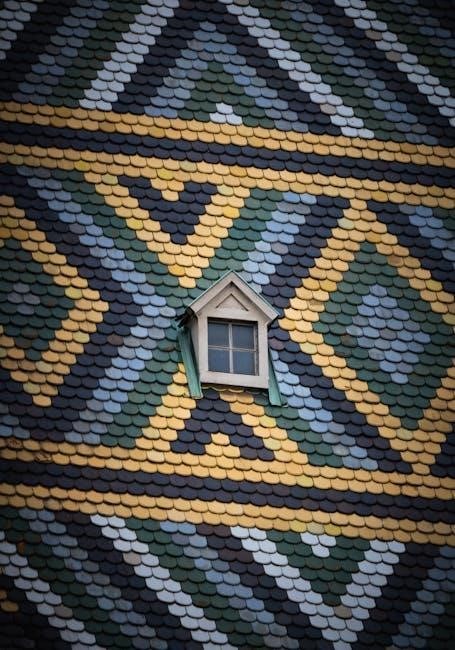Persian Tiles Crochet Pattern: An Overview
The Persian Tiles Crochet pattern offers crocheters a gateway to creating intricate and visually stunning projects. Often inspired by traditional Persian tile designs, these patterns combine vibrant colors and geometric shapes. Many free PDF versions are available.
What is Persian Tiles Crochet?
Persian Tiles Crochet is a captivating craft that blends the artistry of ancient Persian tile designs with the tactile joy of crochet. Inspired by the intricate geometric patterns and vibrant colors found in traditional Persian art, this crochet style translates these elements into stunning blankets, afghans, and other decorative pieces. The designs often feature repeating motifs, complex colorwork, and a variety of crochet stitches to mimic the look of mosaic tiles.
The patterns frequently involve creating individual tiles or motifs that are then joined together to form a larger piece. This modular approach allows for customization and creativity in color selection and arrangement. Many crocheters enjoy exploring different color palettes and experimenting with yarn textures to create unique and personalized interpretations of the classic Persian tile aesthetic.
The Appeal of Persian Tile Designs in Crochet
The allure of Persian tile designs in crochet stems from their ability to transform yarn into captivating works of art. These designs offer a unique blend of tradition and creativity, allowing crocheters to create pieces that are both visually stunning and deeply satisfying to craft. The intricate geometric patterns and vibrant color palettes evoke a sense of exotic beauty and cultural richness, making them a popular choice for adding a touch of elegance and sophistication to any home.
Moreover, Persian tile crochet projects provide a stimulating and engaging challenge for crocheters of all skill levels. The complex stitchwork and color changes require focus and precision, encouraging crafters to hone their skills and develop a deeper appreciation for the art of crochet. The sense of accomplishment that comes from completing a Persian tile project is immense, making it a rewarding and fulfilling experience.
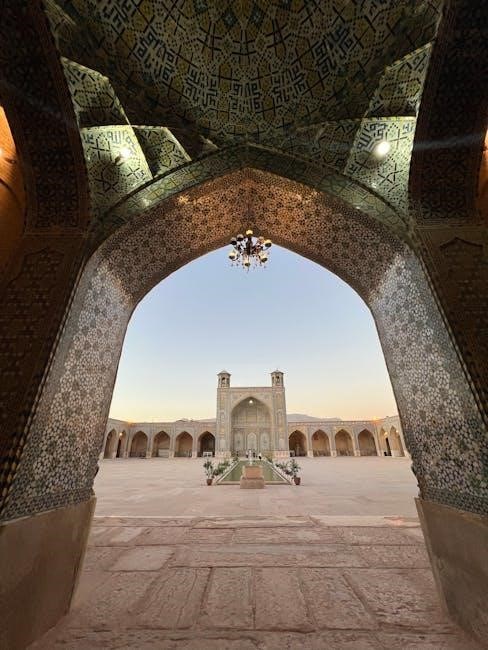
Finding Free Persian Tiles Crochet Patterns
Discovering free Persian Tiles crochet patterns online opens a world of creative possibilities. Many websites and online communities offer downloadable PDF patterns, making it accessible for crocheters to embark on these intricate projects.
Where to Look for Free PDF Patterns Online
The quest for free Persian Tiles crochet patterns often begins with online pattern repositories like Ravelry and Yarnspirations, both offer a wide selection of downloadable PDFs. Many independent designers also share free patterns on their personal blogs or websites, making them a treasure trove of unique designs. Social media platforms such as Pinterest and Facebook groups dedicated to crochet can lead you to shared patterns and resources.
When searching, use specific keywords like “free Persian Tiles crochet pattern PDF” to narrow down your results. Be sure to check out online crafting communities. These are invaluable for finding patterns that other crocheters have discovered and shared. Always verify the legitimacy and safety of the source before downloading any files.
Understanding Copyright and Permissions for Free Patterns
When exploring free Persian Tiles crochet patterns, it is crucial to respect copyright and usage permissions. While a pattern is offered for free, it does not automatically grant unlimited use. Designers retain the copyright to their work, dictating how the pattern can be used.
Before using a free pattern, carefully review the designer’s notes or terms of use. Typically, free patterns are intended for personal use, meaning you can create items for yourself or as gifts. Selling finished items made from a free pattern might require explicit permission from the designer.
Sharing the pattern itself is usually prohibited, as that infringes on the designer’s copyright. Instead, direct others to the original source where they can download the pattern themselves. Respecting these guidelines ensures that designers can continue to share their creativity.
Essential Elements of a Persian Tiles Crochet Pattern
Creating a Persian Tiles project involves yarn selection, hook size considerations, and understanding stitch guides. These elements are crucial for achieving the desired look and ensuring the project turns out successfully.
Yarn Selection and Color Palette
Yarn choice is pivotal for Persian Tiles crochet. The yarn’s weight and fiber content impact the final texture and drape. Popular choices include DK weight yarn, acrylic, or wool blends, offering durability and a pleasing aesthetic. Color selection defines the blanket’s character; vibrant hues evoke traditional Persian designs.
Consider a cohesive palette, using a color wheel to guide choices. Some patterns specify exact yarn colors and brands, while others encourage customization. Experiment with analogous or complementary colors for visual harmony. Neutral shades can balance brighter tones, adding depth. Ultimately, yarn and color choices reflect personal style and project goals.
Hook Size and Tension Considerations
Selecting the correct hook size is crucial for achieving the desired gauge in Persian Tiles crochet projects. The pattern typically recommends a specific hook size, often between 3.5mm and 4.5mm, but this may vary based on yarn choice and individual tension. Maintaining consistent tension is equally important; tight tension can lead to stiff, smaller tiles, while loose tension produces floppy, oversized pieces.
Always crochet a gauge swatch before beginning the project to ensure the finished tiles match the pattern’s intended size. Adjust hook size as needed to meet the gauge requirements. Consistent tension throughout the project ensures a uniform look and prevents distortion in the completed blanket or item.
Stitch Guide and Abbreviations
A comprehensive stitch guide and list of abbreviations are essential components of any Persian Tiles crochet pattern. These patterns often employ a variety of crochet stitches, including single crochet (sc), double crochet (dc), treble crochet (tr), and slip stitch (sl st), along with more complex stitches like puff stitch or bobble stitch to create textured designs. Understanding these stitches is crucial for successfully executing the pattern.
Abbreviations are used to simplify written instructions, so a detailed list is necessary to avoid confusion. Common abbreviations include ch (chain), st (stitch), rep (repeat), and inc (increase). Familiarizing yourself with these abbreviations before starting the project will save time and prevent errors. Clear diagrams or video tutorials demonstrating each stitch can be extremely helpful, especially for beginners.
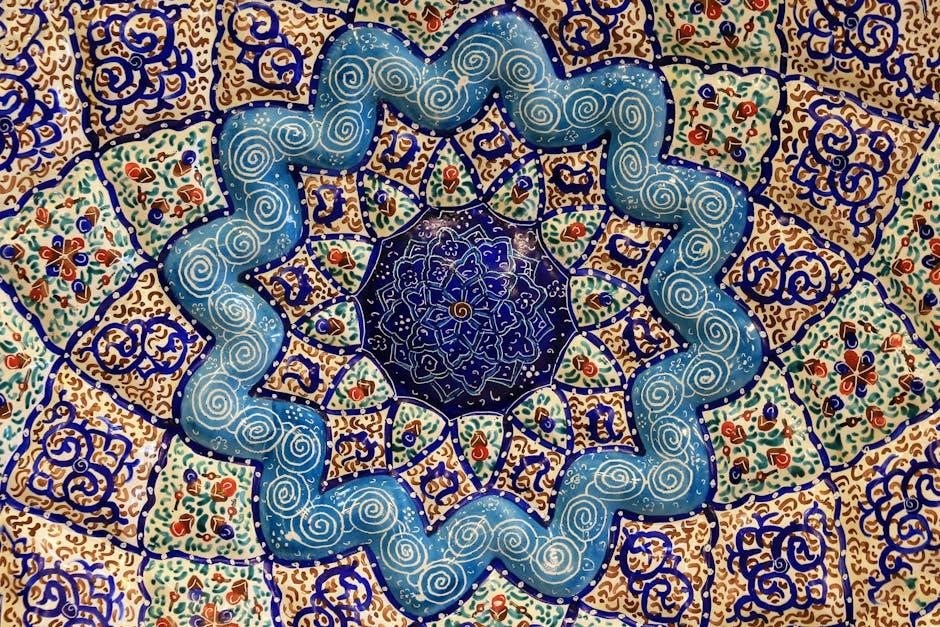
Understanding the Persian Tiles Blanket Pattern by Janie Crowfoot
Janie Crowfoot’s Persian Tiles Blanket pattern is an iconic design within the crochet community. Its intricate details and vibrant color combinations have captivated crocheters worldwide. Many seek out this pattern.
The Inspiration Behind the Design
The Persian Tiles Blanket design by Janie Crowfoot draws heavily from the captivating aesthetics of traditional Persian tile art. These tiles, known for their intricate geometric patterns and rich color palettes, have served as a significant source of inspiration for various art forms across cultures for centuries.
Janie Crowfoot specifically mentions being inspired by a tile on display at the Victoria and Albert Museum in London. The patterns often feature complex arrangements of shapes, including stars, polygons, and floral motifs, meticulously arranged to create a harmonious and visually striking composition. The vibrant and contrasting colors add depth and dimension to the design.
This artistic heritage translates beautifully into the medium of crochet, allowing makers to recreate the beauty and complexity of Persian tiles. The design evokes a sense of history, artistry, and cultural richness.
Where to Purchase the Full Pattern
The full Persian Tiles Blanket pattern, designed by Janie Crowfoot, is available for purchase through various online platforms and retailers specializing in crochet patterns. Janie Crowfoot’s official website is a primary source, offering the pattern as a downloadable PDF. This ensures you receive the original, high-quality design with detailed instructions.
Ravelry, a popular online community for knitters and crocheters, also offers the pattern for purchase. LoveCrafts is another reputable online retailer where you can find the Persian Tiles Blanket pattern. These platforms often provide customer reviews and project photos.
Etsy, featuring independent designers, can also be a source, but ensure the seller is authorized. Some yarn shops that carry Janie Crowfoot’s designs might also offer the pattern, either in print or as a digital download. Purchasing the full pattern supports the designer and ensures you have access to all the necessary information.
Colorway Variations and Customization
The Persian Tiles Blanket pattern is renowned for its versatility, lending itself beautifully to various colorway variations and customizations. While the original pattern features a specific color palette, crocheters are encouraged to explore their creativity and adapt the colors to suit their personal preferences or home decor. Many crocheters find inspiration in traditional Persian tile art, using these as a starting point for their color choices.
Stylecraft Yarns, often associated with Janie Crowfoot’s designs, offers several curated color packs specifically for the Persian Tiles Blanket. These packs provide a harmonious blend of colors, simplifying the selection process. However, you can easily substitute these with yarns from other brands, ensuring they are of similar weight and fiber content.
Customization can extend beyond color to include the tile arrangement and border design. Some crocheters choose to create smaller versions of the blanket or incorporate the tile motifs into other projects, such as cushions or wall hangings. The possibilities are endless, allowing you to create a truly unique and personalized piece.
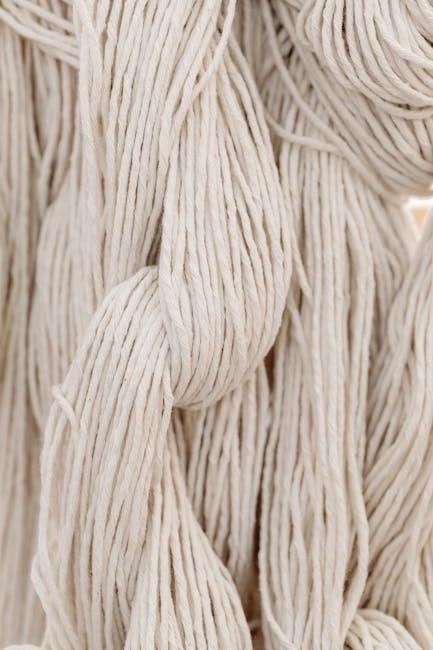
Tips for Successfully Crocheting Persian Tiles
Crocheting Persian Tiles involves careful color management and precise tension. Blocking is essential for a polished finish. Managing yarn ends and consistent stitch work will enhance the overall look.
Managing Color Changes and Yarn Ends
Successfully crocheting Persian Tiles often hinges on effectively managing color changes and yarn ends. When working with multiple colors, plan your color sequence in advance to maintain design consistency. Mastering the art of invisible joins when changing colors can create a seamless transition, minimizing noticeable disruptions in the pattern.
Weaving in yarn ends securely is crucial for a durable and aesthetically pleasing finished project. Use a tapestry needle to weave the ends back into the stitches, following the yarn’s path to prevent them from unraveling. Avoid cutting the ends too close to the surface, as this can cause them to pop out over time.
Consider using techniques like the “Russian join” or “magic knot” to minimize the number of ends that need weaving. These methods create a strong and secure connection between yarn strands, reducing bulk and enhancing the overall appearance of your Persian Tile creation.
Blocking Your Finished Tiles
Blocking your finished Persian Tiles is an essential step in achieving a professional and polished look. This process helps to even out the stitches, flatten the tiles, and define the intricate patterns within the design. Proper blocking can transform your crochet pieces from slightly uneven to perfectly uniform.
There are several methods for blocking, including wet blocking, steam blocking, and spray blocking. Wet blocking involves soaking the tiles in water, gently squeezing out the excess, and pinning them to a blocking board to dry. Steam blocking utilizes the steam from an iron to relax the fibers, while spray blocking involves lightly misting the tiles with water before pinning.
Regardless of the method, use rust-proof pins to secure the tiles to the blocking board, ensuring that they maintain their desired shape as they dry. Allow the tiles to dry completely before removing the pins. This process will enhance the overall appearance of your Persian Tiles project, creating a cohesive and visually appealing finished piece.
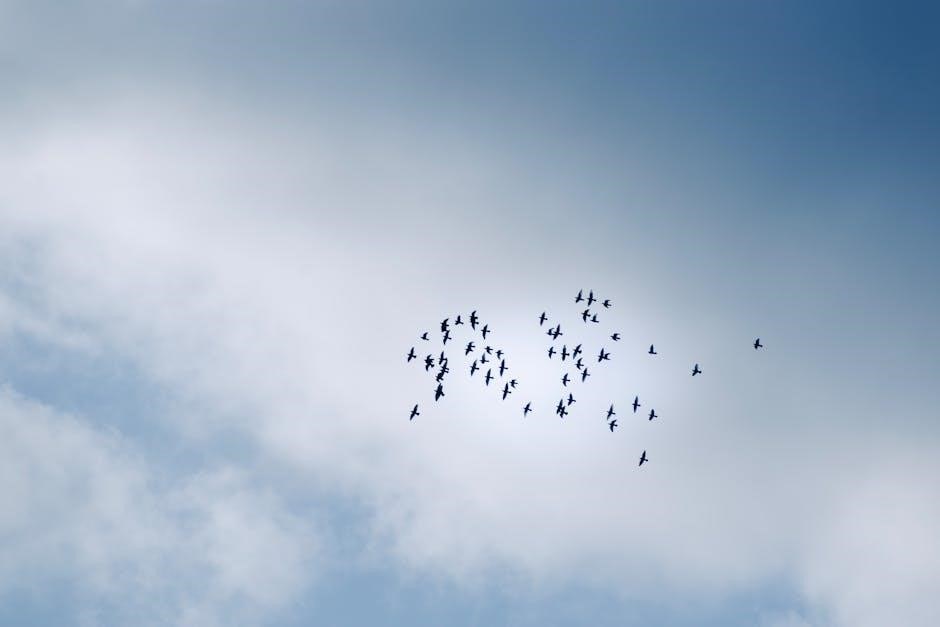
Beyond Blankets: Other Projects Using Persian Tile Motifs
While Persian Tiles are famously used in blankets, their intricate beauty lends itself to a multitude of other creative crochet projects. The vibrant colors and geometric designs can be adapted to create stunning home decor items and accessories.
Consider crafting eye-catching cushions or pillow covers to add a touch of exotic flair to your living space. Small motifs can be joined to create unique wall hangings or table runners. For a personal touch, use Persian Tile patterns to design stylish bags, purses, or even garments like vests or cardigans.
Individual tiles can also be framed as miniature artworks, showcasing the detailed craftsmanship. The versatility of Persian Tile motifs extends to smaller projects such as coasters, placemats, and mug rugs, adding a touch of elegance to everyday items. By exploring these alternative applications, you can fully appreciate the artistic potential of Persian Tile crochet beyond the traditional blanket.

